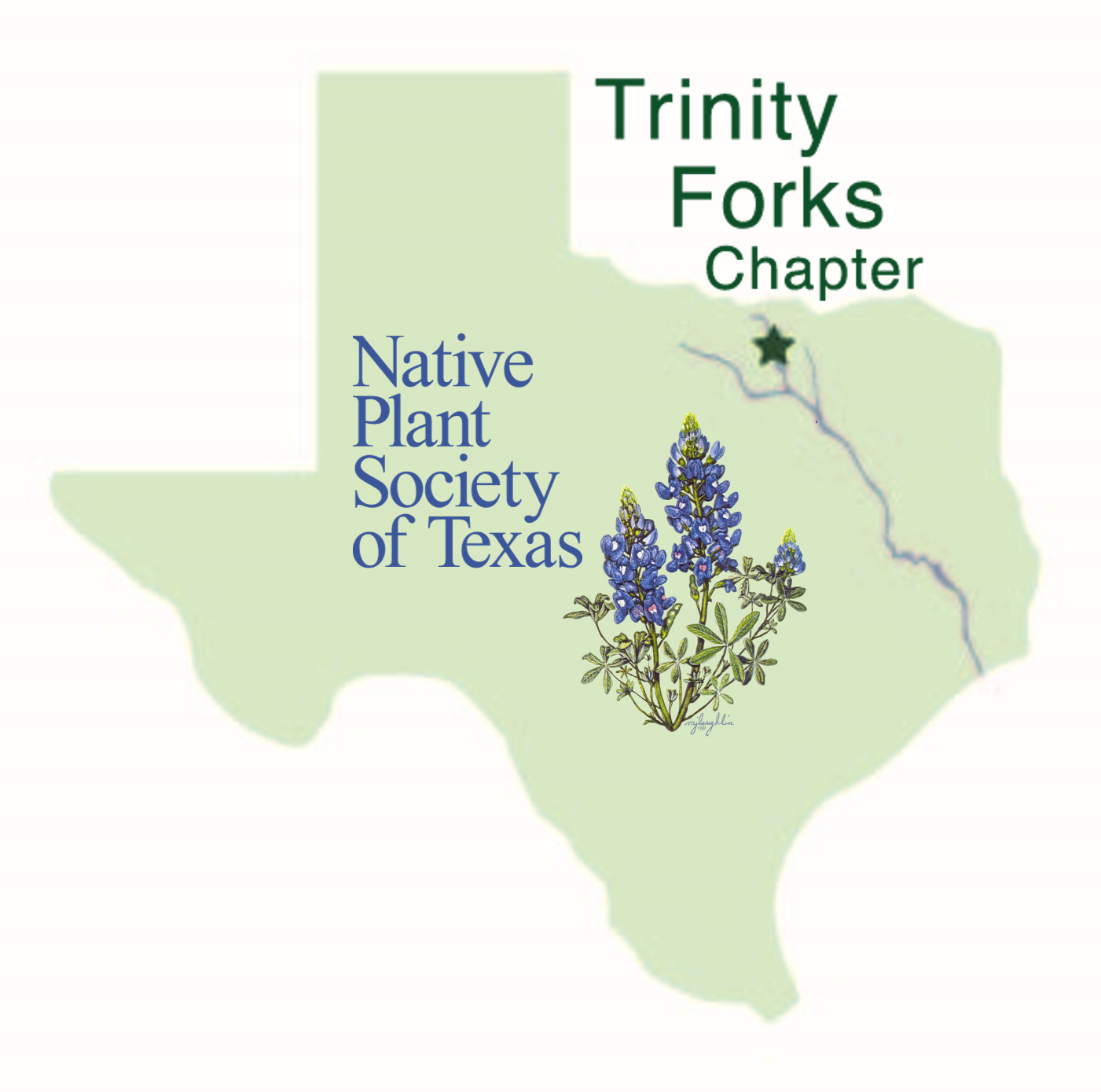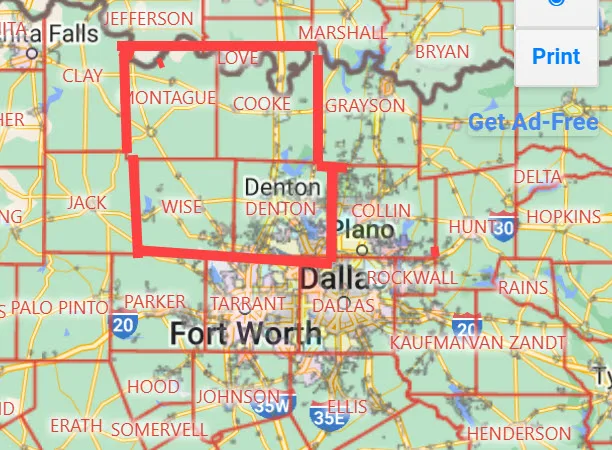
Welcome!
We are a chapter of the Native Plant Society of Texas serving Denton County and the surrounding area. We hold monthly meetings with interesting speakers open to the public. In addition our chapter has classes, field trips, plant sales, and other activities that support our mission.
We are a non-profit organization run by volunteers. Our mission is promoting research, conservation, and utilization of native plants and plant habitats through education, outreach, and example.
Location
Trinity Forks serves the greater Denton area and surrounding locations, including Cooke, Denton, Montague, and Wise counties.

Meetings & Events
Our monthly meetings are open to the public and feature interesting and educational presentations about native plants in North Central Texas, They are held in person at the Ann Stuart Science Complex on the TWU campus in Denton (see map) AND simultaneously via Zoom, January through September.
For details and Zoom link to this month’s and future meetings, see our Events calendar.
